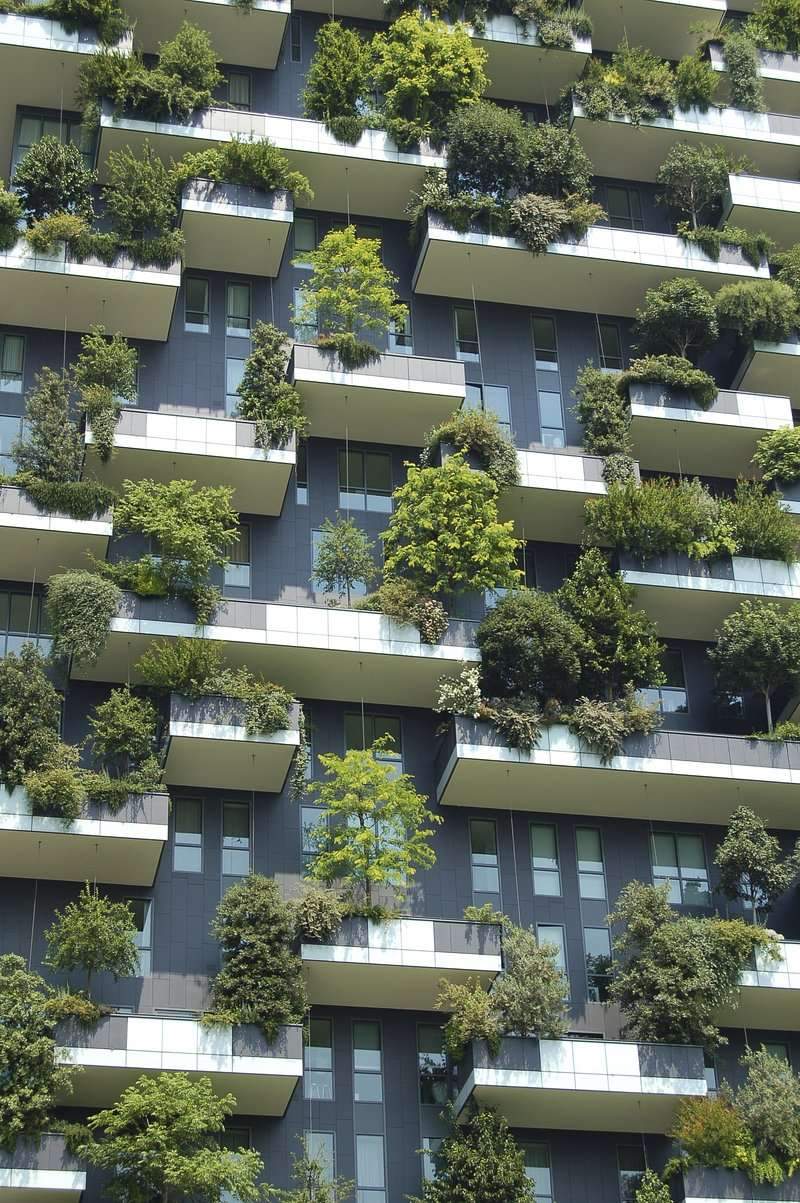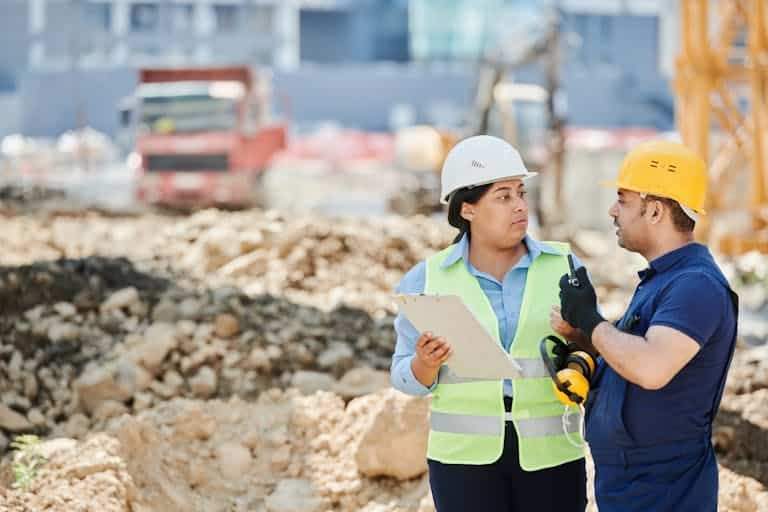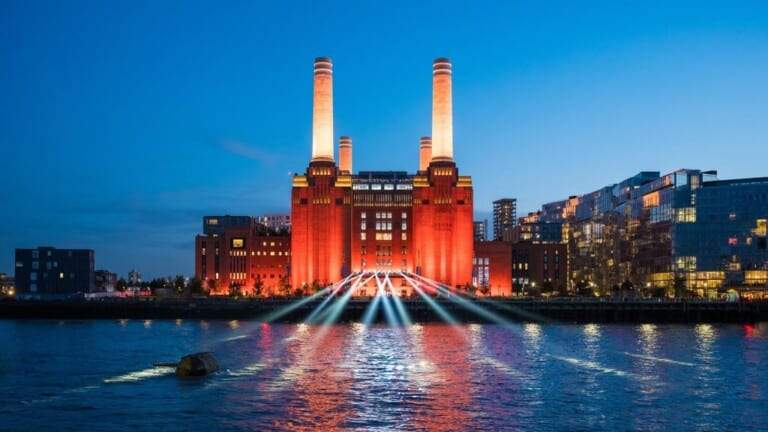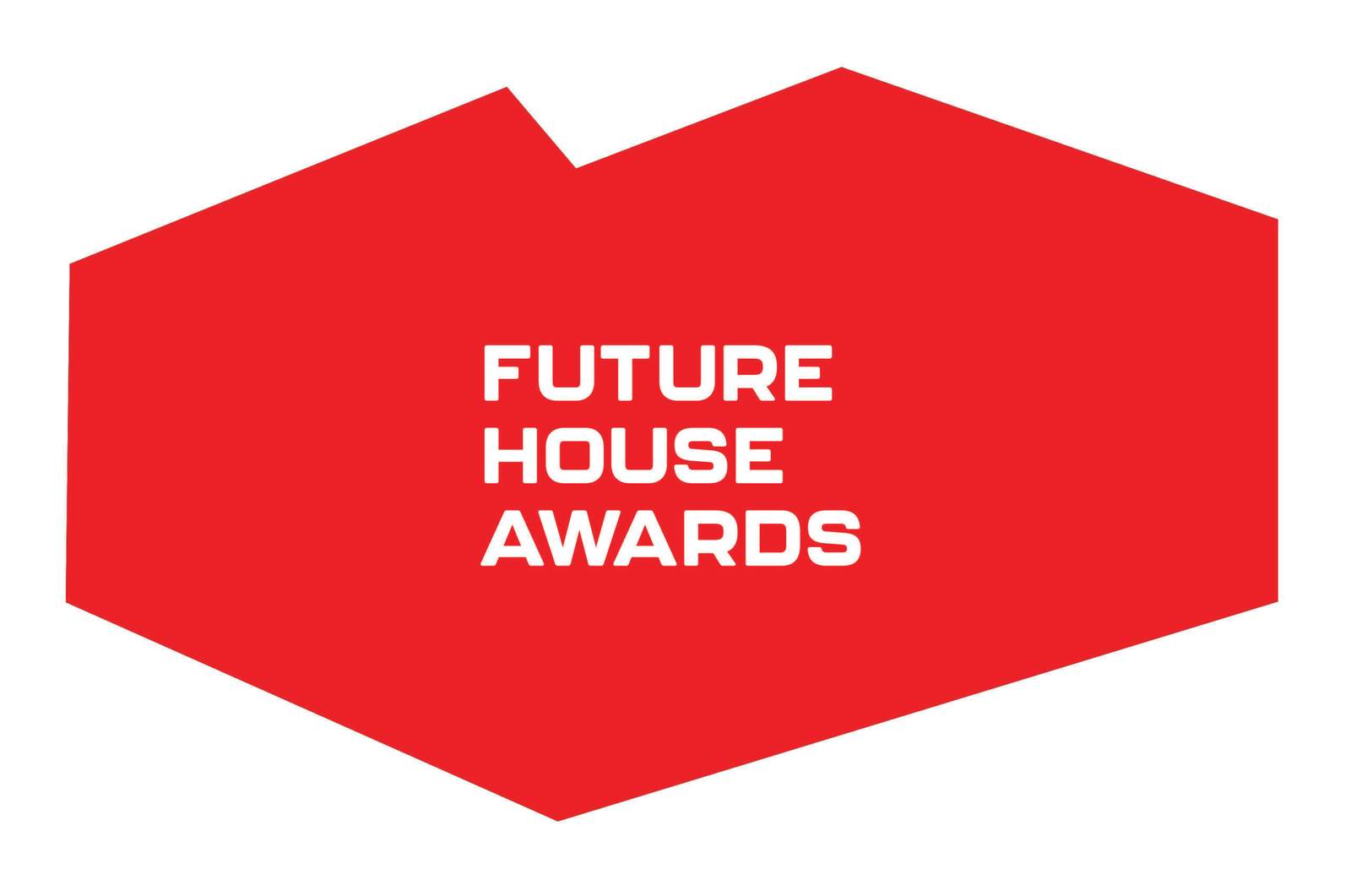
Unleashing Creativity in Architecture:
Combining Aesthetics, Sustainability, and Innovative Designs

The Intersection of Aesthetics and Sustainability
In the realm of architecture, finding a balance between aesthetics and sustainability has become a paramount goal for innovative designers. Creating beautiful structures that are also environmentally-friendly is no longer a mere trend, but a necessity for a sustainable future.
Successful architects skillfully merge aesthetics and sustainability by using eco-friendly materials, implementing energy-efficient practices, and incorporating nature in their designs. A great example of this is the usage of sustainable materials like recycled steel and locally sourced wood, which not only reduce environmental impact but also add unique textures and charm to architectural creations.
- Eco-friendly Materials: Using sustainable materials ensures a reduced carbon footprint and promotes a healthier living environment.
- Energy Efficiency: Incorporating energy-efficient technologies like solar panels, rainwater harvesting, and proper insulation helps minimize energy consumption and reliance on non-renewable resources.
- Merging with Nature: Introducing green spaces, vertical gardens, and open designs that allow for natural light and ventilation not only connect occupants with nature but also improve well-being.
The Role of Innovative Designs
Innovation is the driving force behind architectural creativity. It involves pushing the boundaries of what is conventionally believed to be possible and introducing groundbreaking ideas that revolutionize the field. With each passing year, architects introduce new design concepts and approaches that challenge the status quo.
One noteworthy example of architectural innovation is the incorporation of smart technology into building designs. From integrated home automation systems to adaptive facades that respond to environmental conditions, technology has enabled architects to create interactive and responsive structures that cater to the needs of the occupants.
The integration of innovative designs not only enhances the functionality and comfort but also serves as a testament to human ingenuity. It showcases the ability to think beyond the limitations and embrace progressive ideas for the betterment of society.
Unleashing the Creative Power
“Architecture should speak of its time and place, but yearn for timelessness.” – Frank Gehry
Creativity is the lifeblood of the architectural profession. It allows architects to blend artistic vision with practicality, resulting in structures that captivate the eye and serve a purpose. However, creativity is not limited to the professionals; it permeates through each individual involved in a project – from the architects to the engineers to the construction workers.
Encouraging creativity is central to unleashing its power in architecture. It involves cultivating an environment that nurtures imaginative thinking, collaborative problem-solving, and a willingness to explore unconventional approaches.
Here are a few ways to foster creativity in architecture:
- Encouraging interdisciplinary collaboration
- Promoting open dialogue and brainstorming sessions
- Providing opportunities for experimentation and risk-taking
- Embracing diversity and different perspectives
The Future of Architectural Creativity
As architecture continues to evolve, the future holds immense potential for unlocking even greater creativity. Advancements in technology, such as 3D printing, virtual reality, and artificial intelligence, present architects with exciting new tools to explore uncharted territories.
Moreover, increasing awareness of environmental issues and the urgency to combat climate change will drive architects to incorporate sustainable practices more seamlessly into their designs. Creating buildings that harmonize with the environment while elevating aesthetics will be a core focus.
By unleashing creativity in architecture and harmonizing aesthetics, sustainability, and innovative designs, architects have the power to reshape the world we live in - one building at a time.





